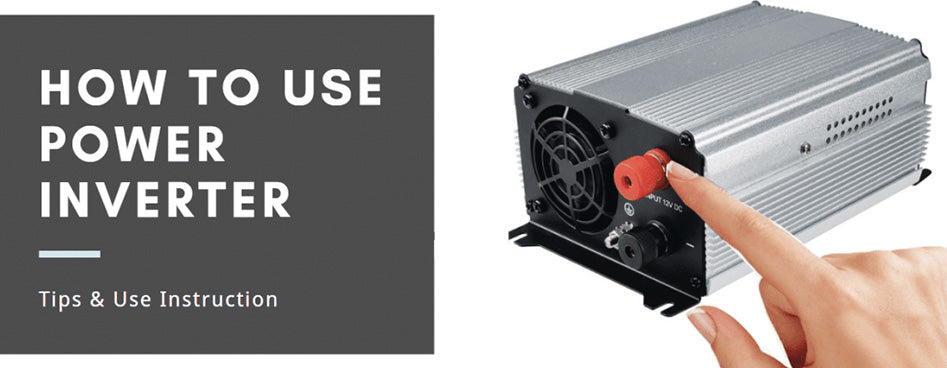Inconsistent voltage can cause serious damage to electrical equipment, leading to costly repairs and downtime. Derated equipment is especially vulnerable to voltage fluctuations, making it essential to understand how to protect your equipment from inconsistent voltage. In this blog post, we'll discuss the risks of inconsistent voltage and derated equipment, and provide practical tips on how to avoid costly damage.
Understanding Derated Equipment:
Derating is the process of reducing the maximum operating voltage or current of electrical equipment to prevent damage caused by voltage fluctuations. Derated equipment is typically designed to operate within a specific voltage range, and exceeding this range can cause serious damage to the equipment.

The Risks of Inconsistent Voltage:
Inconsistent voltage can cause several risks to electrical equipment, including:
- Overheating: Inconsistent voltage can cause electrical equipment to overheat, leading to damage or even a fire.
- Reduced Lifespan: Inconsistent voltage can reduce the lifespan of electrical equipment, leading to premature failure and costly repairs.
- Reduced Efficiency: Inconsistent voltage can reduce the efficiency of electrical equipment, leading to increased energy consumption and higher utility bills.
Avoiding Costly Damage:
To avoid costly damage caused by inconsistent voltage and derated equipment, it's essential to follow these tips:
- Install Voltage Regulators: Voltage regulators can stabilize the voltage supply and prevent voltage fluctuations that can damage electrical equipment.
- Perform Regular Maintenance: Regular maintenance can identify potential issues and prevent costly damage caused by inconsistent voltage.
- Check Voltage Requirements: Ensure that your electrical equipment is rated for the voltage range it will be operating in, and derate it accordingly if necessary.
- Use Surge Protectors: Surge protectors can protect your electrical equipment from voltage spikes and fluctuations caused by power outages, lightning strikes, or other events.





Leave a comment
This site is protected by hCaptcha and the hCaptcha Privacy Policy and Terms of Service apply.